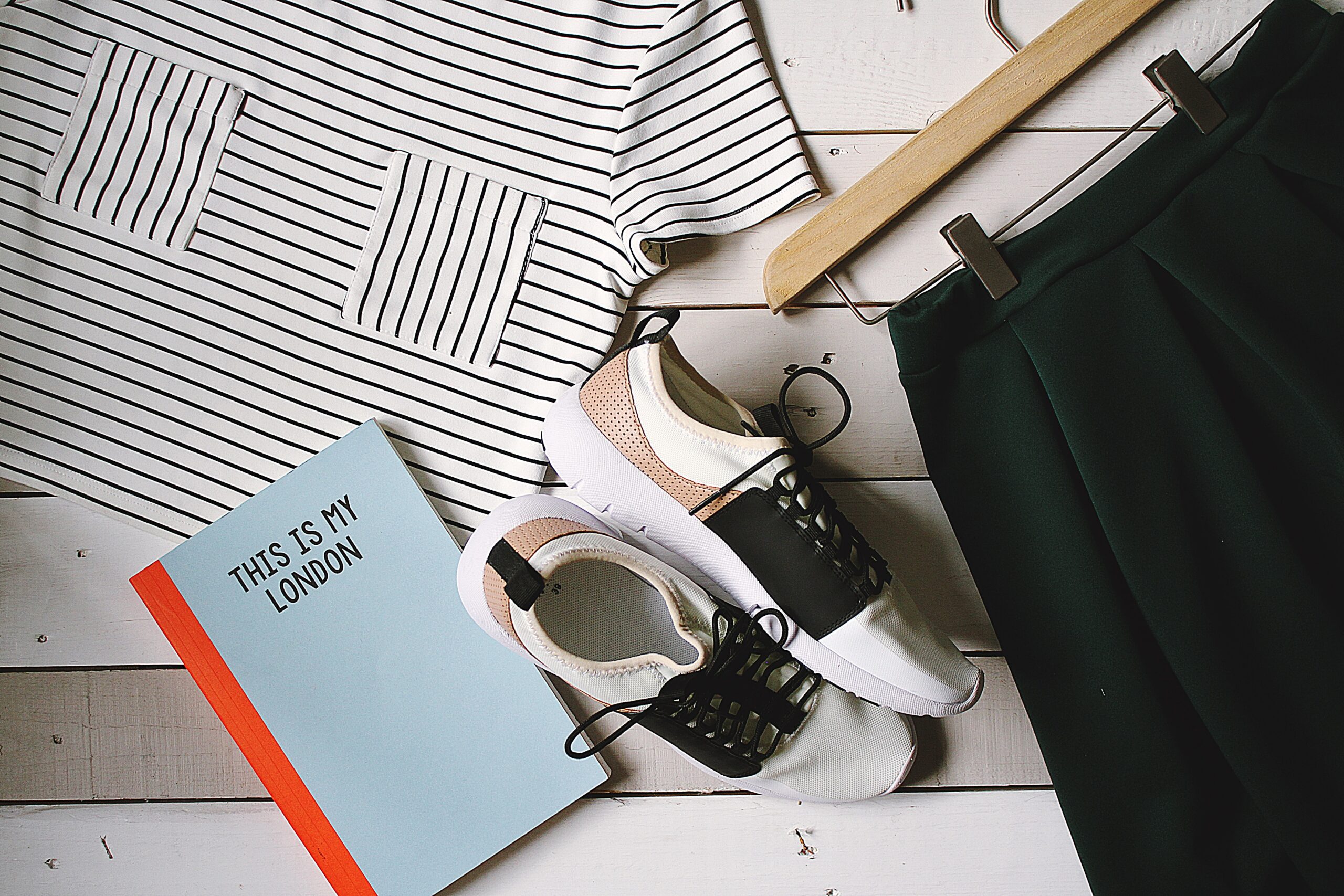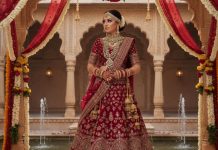The year is 2022 and still, many top designers are using linear methods in creating their clothes, there is a huge need for a change. It isn’t a secret that the fashion industry needs to start thinking more about the planet when they are thinking of new and innovative designs, surely this would have come up? For many consumers, it can be difficult for them to understand the real impact how the fashion industry has on the environment.
It is easy to see why too, the shops where we purchase our favourite brand are thousands of miles away from the factories, but now it is the job of consumers who must also think more consciously about their buying habits. It is also time for clothing manufacturers to start using the materials they already have in circulation. There are some fashion designers such as Stella McCartney who are already pathing the way for others as she alone is helping people to understand the importance of circular fashion. In this article, we will go through what circular fashion is.
What Is Circular Fashion?
Circular fashion is heavily based on the circular economy and was developed by Anna Brismar who is a senior sustainability consultant and has written many reputable articles on the subject. Circular fashion is now defined as fashion that is designed, sourced, manufactured and provided with the purpose of them to be used and circulated responsibly for as long as possible, and when it is done with, it can be recirculated into the biosphere without damaging the environment. Basically, this means that manufacturers use the circulating materials and waste to make new garments rather than leaving it to waste or pollution such as dyed water from jeans or a white tee. When a brand is thinking about circular fashion, it must be picked up from the start of the design process.
An example of this would be a full tracksuit. In the basic linear fashion manufacturing line, the designer would create the vision for the set, the production team would then decide the best material to use, the factory will then make the product and then finally, the shop will sell it to the consumer. Due to the long process and consumers not being aware of the whole process, they will often look at that tee as disposable and throw it away when they are finished with it.
As we said, circular fashion starts from the design stage and every step of production must be considered with longevity and sustainability in mind.
What Do Designers Need To Consider With Circular Fashion
- Will the garment last years to come?
- How long will the consumer wear the item?
- Is the style timeless?
- When sourcing materials, are they sustainable? Can the material be reused, disassembled or is it biodegradable?
- In the manufacturing process, are the workers paid fairly and are they being treated ethically?
- Do the manufacturers pollute their communities with local pollution?
- Once the product is old, can it be repaired or redesigned instead of ending up in landfill?
As you can see, circular fashion aims to minimise the waste created by the production, ensure that the workers are treated and paid fairly and also encourages people to buy less.
How Is Circular Fashion Different From Linear Fashion?
Linear fashion is the process that most fashion businesses are using at the moment. It is unsustainable and unethical. It means that you buy a product, and when you are finished with it you either throw it away or donate it which in turn will eventually end up in landfill. Circular fashion however aims for the process to be circular with the buying process and minimising the need for using new materials, new items but instead, using the materials that are already in circulation.
What Is The Role Of Consumers In Circular Fashion?
It is all well and good saying that designers are completely at fault, but it is also down to us as consumers who need to react differently as we play a key role in developing circular production. If there is increased demand, there will be more support to commit to the process. Here are some things that you can do:
- Research the brand you want by using online resources and apps like “Good On You”
- Support ethical and sustainable fashion and brands
- Live by the five R’s of fashion.
- Buy less, buy better quality
- Analyse your wardrobe before you buy more clothes
- Shop at charity and second-hand stores
- Consider renting clothes for special occasions
- Use clothes swapping sites
- Take care of your clothes
- Utilise recycling schemes in store
- Choose more sustainable materials when buying new
The planet is running out of resources and we can help slow this right down by thinking more consciously about what we are purchasing and wearing. Designers need to up their game with sustainability and work towards a more circular process. Let home in the seasons to come, this will be picked up sooner rather than later.















